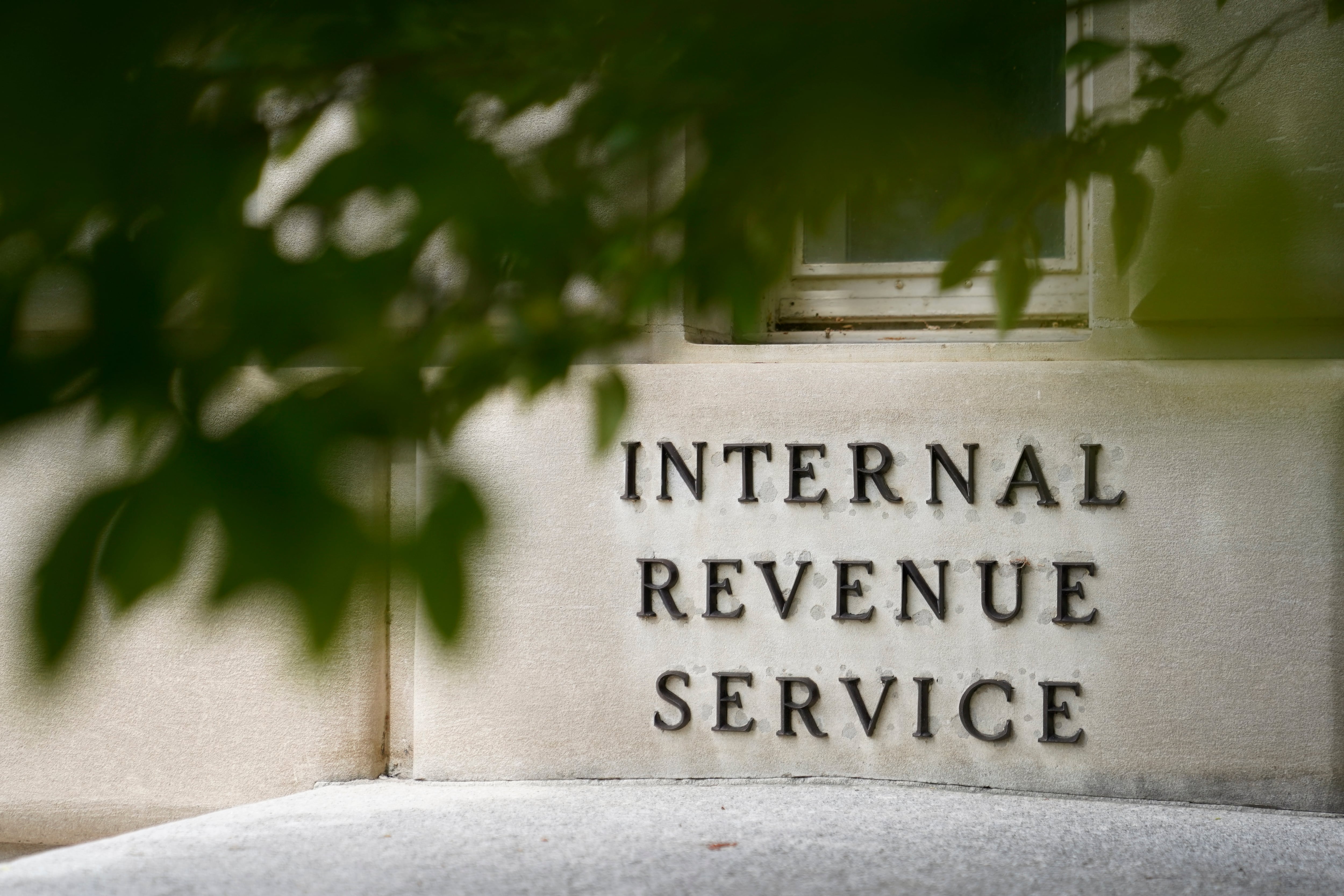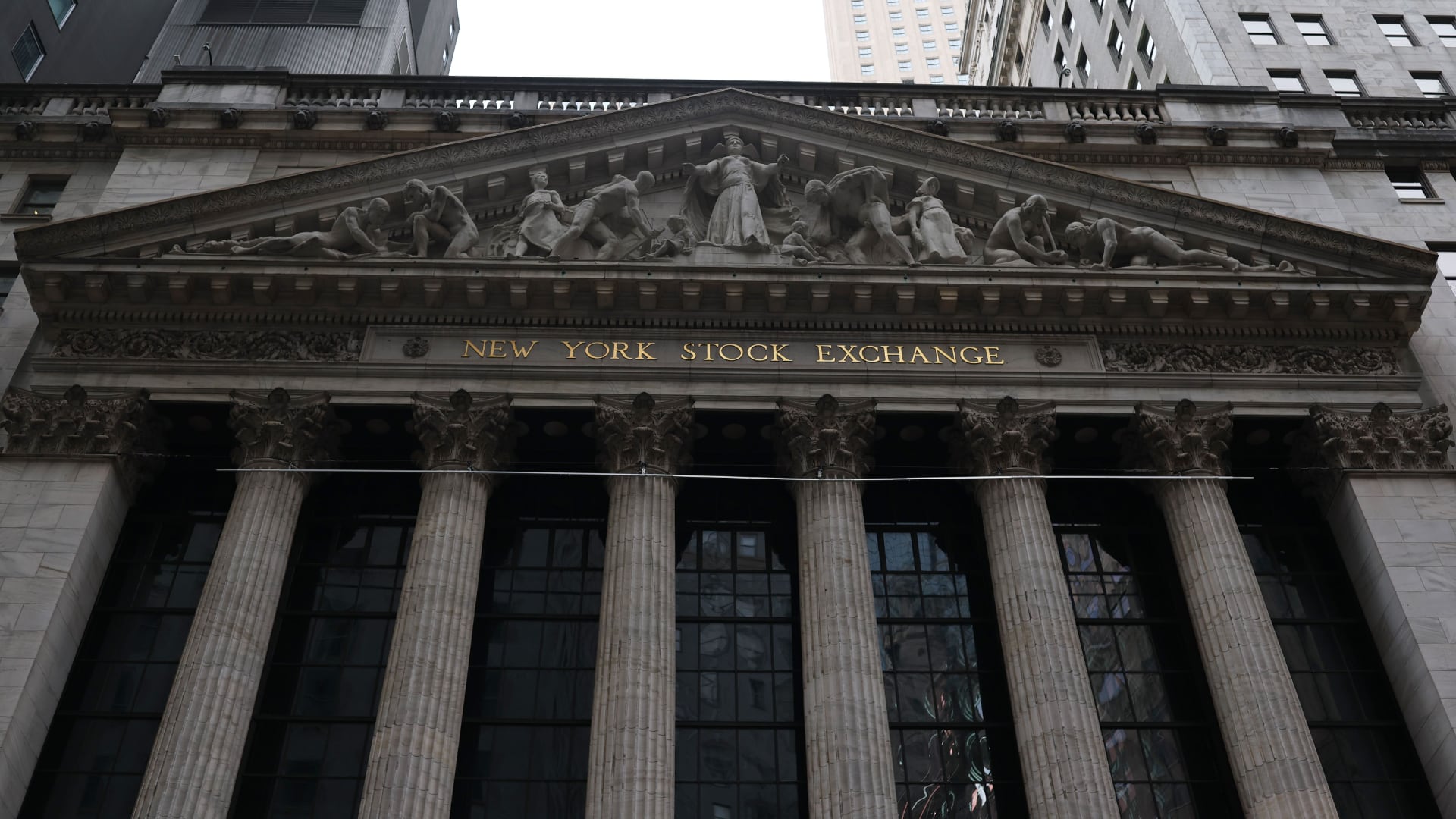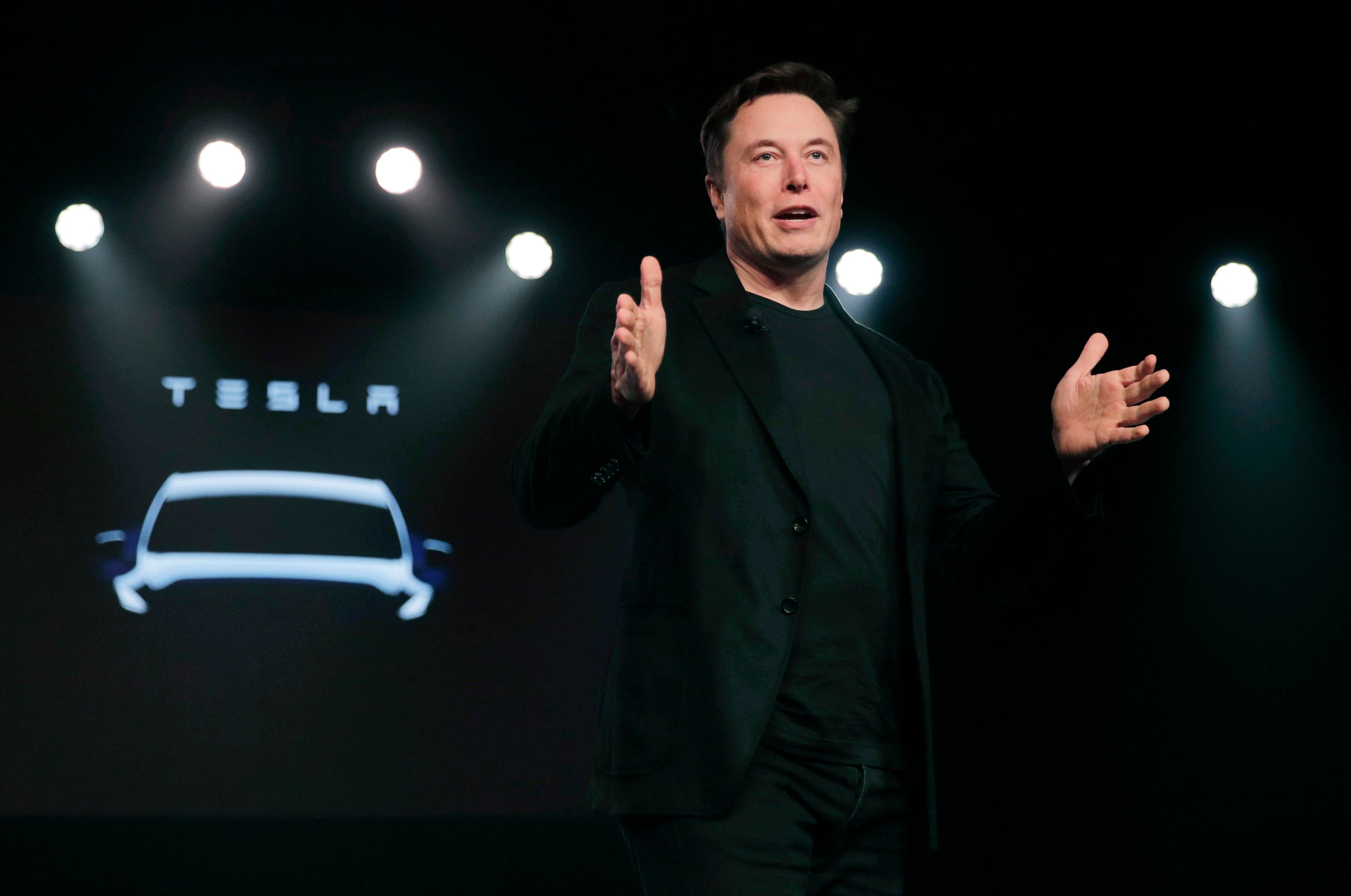*As Cheddar reflects on 2018, we are profiling the most innovative, flamboyant, and often-controversial entrepreneurs and corporate leaders who delivered the year's most memorable moments in business. Of the CEO Class of 2018, who was crowned Biggest Flirt? Class Clown? Look [here](https://www.cheddar.com/tags/cheddar-awards) for all the Cheddar Awards and more year-end coverage.* *By Alex Heath* It’s been a rough year for Facebook overseers Mark Zuckerberg and Sheryl Sandberg, to say the very least. The two top executives have weathered a blustery storm of privacy scandals, mounting global scrutiny from politicians and regulators, a sinking stock price, and public scorn. Facebook’s ($FB) ongoing fall from grace has been dramatic. In 2017, rumors swirled that Zuckerberg was considering a run for U.S. president while he toured America’s heartland, posing for photo ops and feeding farm animals. Meanwhile, COO Sandberg was enjoying the success of her "Lean In" manifesto and its accompanying movement ー a feminist call to arms in male-dominated corporate America. Then came the crash. The scandals erupted shortly after CEO and founder Zuckerberg’s personal 2018 resolution to “fix Facebook,” a declaration that followed reports that Russian actors used his platform to meddle in the 2016 U.S. presidential election. And things didn’t get easier from there. In March, the Cambridge Analytica bombshell dropped. Press reports revealed that the British research firm harvested the data of millions of Facebook users without their (or Facebook’s) knowledge. These incidents led the company to completely rethink how it interacts with outside developers, handles political ads, and treats its massive user base. To make matters worse, Facebook disclosed an unrelated security breach in September that compromised the personal data of 50 million accounts. Both Zuckerberg and Sandberg ー the top lieutenant who runs the ads business and policy functions ー testified before Congress to address the Cambridge Analytica breach. U.S. lawmakers proposed serious legislation that would regulate Facebook’s ad systems for the first time, and the Federal Trade Commission opened an investigation into the company’s user privacy practices. In Europe, more robust privacy laws ate into Facebook’s user growth. And in countries like Myanmar and Nigeria, Facebook was revealed to be instrumental in the spread of misinformation that led to torture and killings. Facebook again committed to hiring more content moderators to better police its platform, a promise that was first issued in 2017. Back in the U.S., Facebook’s stock price cratered throughout the summer as the company warned investors about slowing revenue and user growth. Could Facebook’s best days be behind it? It was a question many on Wall Street hadn’t ever bothered to ask. Nor had its millions of users, who were exposed almost weekly to scathing op-eds, news reports, and calls to take their social networking elsewhere. Compounding external pressures, a string of senior executives also left Facebook in 2018 — most notably, the founders of WhatsApp and Instagram. Several investors called for Zuckerberg and Sandberg to be removed from their posts. To top off an already no-good, very bad year, The New York Times recently reported that Sandberg had directed her staff to look into the finances of the controversial liberal billionaire George Soros, who dubbed Facebook a “menace” earlier in the year. The story sparked intense outrage that Facebook had indirectly engaged in stoking anti-Semitic rhetoric by hiring an outside PR firm to suggest that Soros was secretly funding some of the company’s critics. So what do all these scandals mean for Facebook’s top leaders? And in the eyes of its users, will the company ever recover from the PR nightmare that 2018 generated? After all Facebook's success relies heavily on social capital. As Facebook’s controlling shareholder, Zuckerberg is essentially unremovable as Facebook’s CEO and board chairman. He’s said repeatedly this year that he has no intention of relinquishing his control. But the 34-year-old is under more pressure than ever to turn Facebook around and restore public trust. Although Zuckerberg has said he will stand by his COO, Sandberg is more expendable. For Sandberg, the question is whether the scrutiny over her role in Facebook’s troubles will reach a boiling point in 2019. For next year, the status of the two executives remains to be seen. But in the meantime, Zuck and Sandberg get the badge of 2018's biggest losers. **Read all the 2018 Cheddar Awards [here](https://www.cheddar.com/tags/cheddar-awards).**












